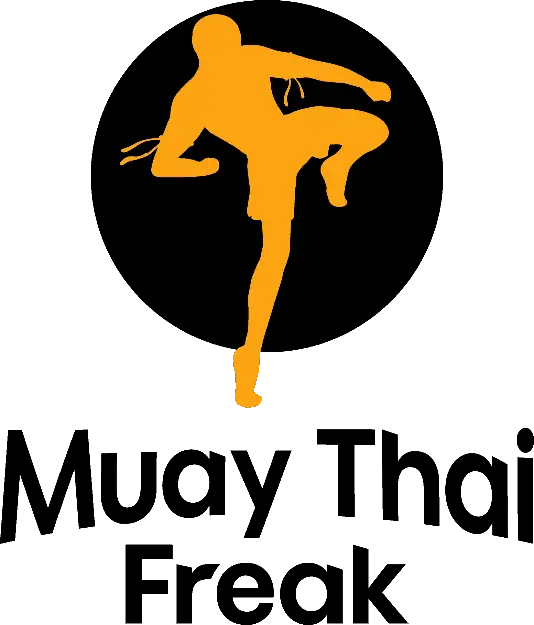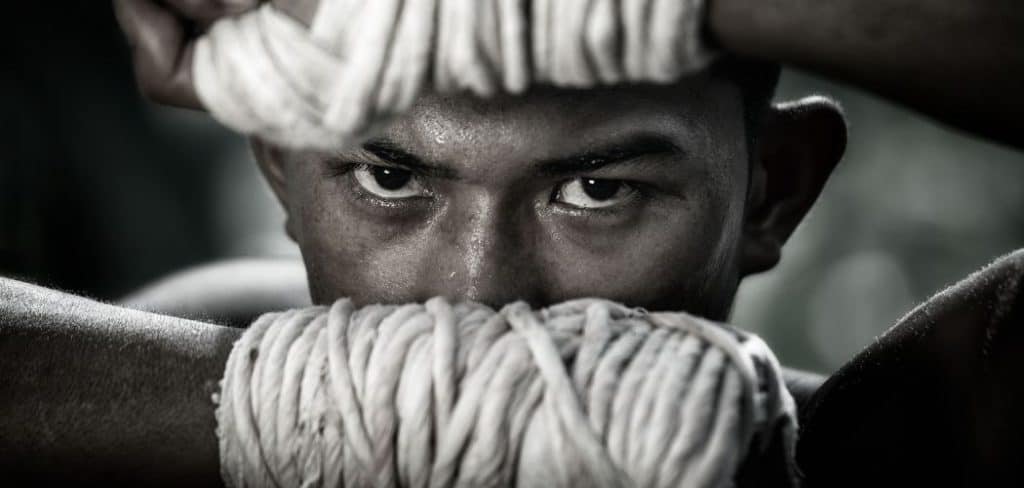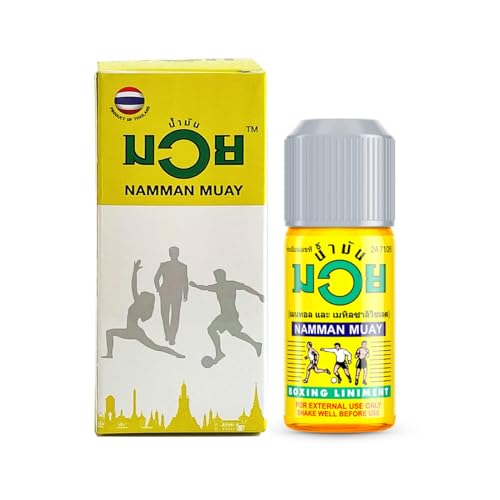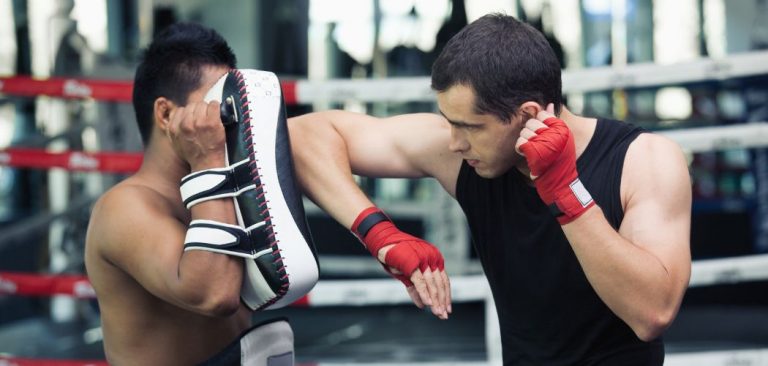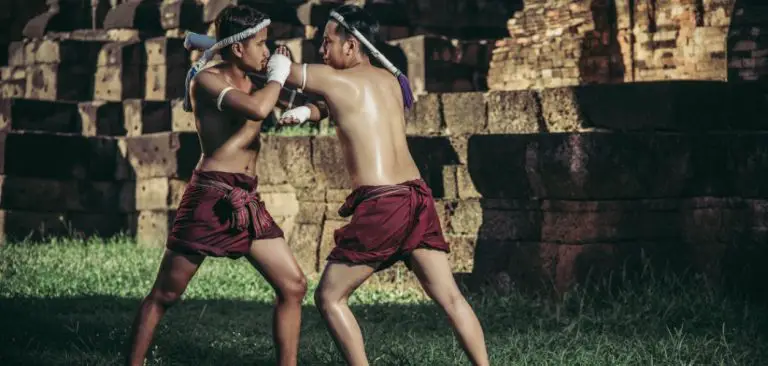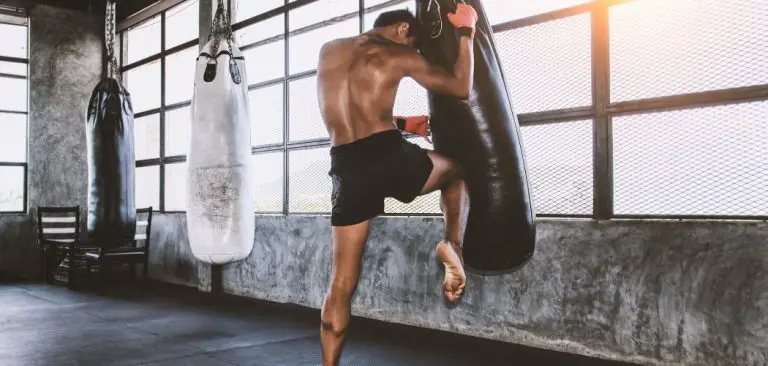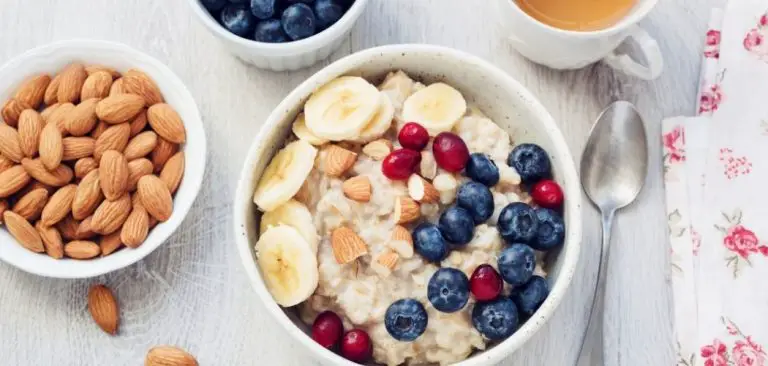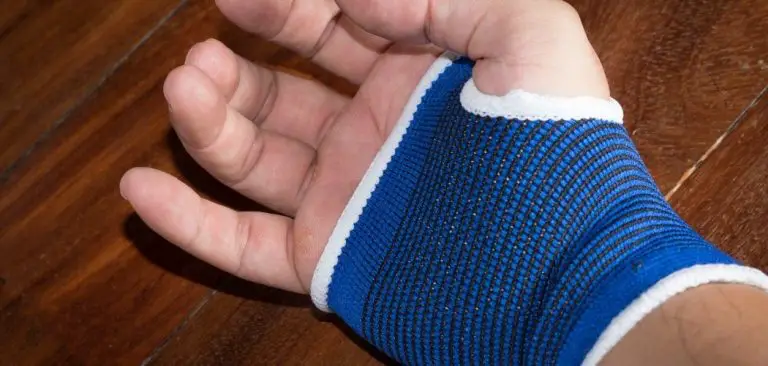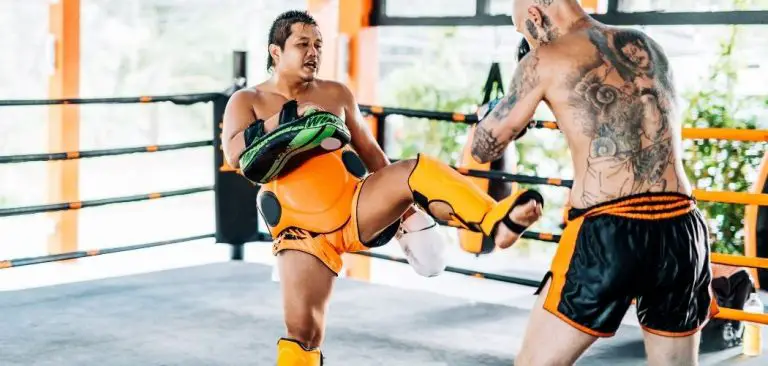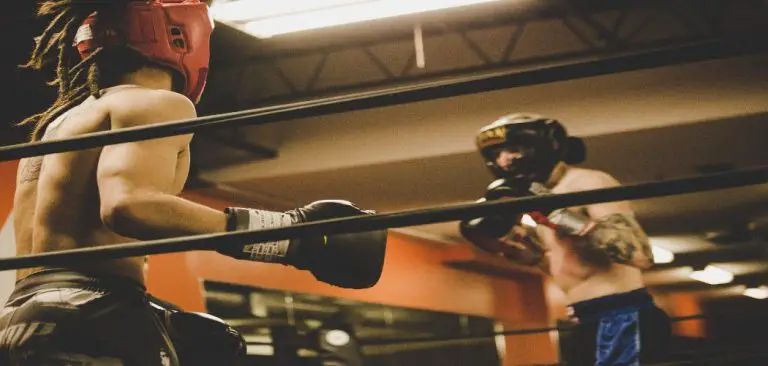Today, when you hear the word Muay Thai, you’ll probably think of martial art with specific sets of rules and regulations. But gloves exist for roughly the last 100 years, while Thai boxing is considered an ancient Siamese martial art.
If you’re a fan of comic superheroes, then I guess you’ve seen Daredevil wearing ropes around his hands. It means an additional layer of protection for your knuckles, right? Well, Muay Thai fighters wear ropes on their hands to protect their forearms, wrists, and knuckles. But here’s one surprising fact – ropes can hurt your opponent badly too.
Keep reading and let me guide you through the mysterious world of Muay Thai ropes.
Table of Contents
Muay Thai Hand Ropes – Origins
Ancient ring warriors used strategic knots under the knuckles to increase their chances of hurting their opponents and causing potential fight-ending cuts. Sometimes they were wrapping forearms for an enhanced level of protection too. 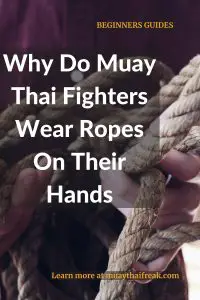
Until the 1920s, Muay Thai was a very cruel martial art where two fighters carried ropes on their hands instead of gloves, which led to serious injuries and even lethal outcomes. Made of hemp, Muay Thai ropes were a good alternative for bare-knuckle boxing.
Unfortunately, this way of fighting was way more dangerous for both ring warriors. Rules were changed later. Nowadays, Muay Thai is a sport with strict rules and regulations, where you mustn’t kick to the nuts, eye-gauge the opponent, etc.
Purposes
Let me make a comparison between bare-knuckle boxing and kickboxing. If you’re a BKFC warrior, you tend to hurt your punches more, right? Why? Well, it happens because there isn’t a single layer of protection between your fists and the opponent’s face, elbow, or body. In kickboxing, you wear at least 8 oz gloves, which means you’ll have to strike way harder to hurt yourself.
I know the next question. What does this have to do with Muay Thai? Well, let’s activate your brain and think. The rope is found between your fist and your opponent, right?
A Muay Thai rope indeed enables better protection. If you wrap it properly around your knuckles and wrists, you’ll hardly hurt your hand during powerful haymakers and spinning strikes.
But Muay Thai fighters wear ropes on their hands for another reason – to harm their foes. When you get hit by a rope, it doesn’t have to mean you’ll get rocked more often, but any contact between the opponent’s fist and your face will lead to greater chances of cuts and bruises. In the worst-case scenario, you or your rival might face serious vision issues.
Now let me analyze each situation thoroughly. You probably wonder what would happen when you deliver a specific strike with a Muay Thai rope on your arm. Well, we will cover both offense and defense mechanics. I bet 98% of writers will guide you through the general description, but let’s see what happens during specific situations in Muay Thai combat!
Protecting Your Arms – When Will Muay Thai Ropes Help?
Muay Thai is a contact martial art where fighters rarely duck and mostly tend to fight toe-to-toe. It means there will be a lot of punch collisions between you and your opponent. Now let me describe when will the Muay Thai rope protect you from very serious damage.
The list of most important scenarios includes:
- Shin kicks – every single time the opponent attempts a middle kick or a high kick, there are three options – eat a shot, evade or block. When you block the incoming blow, you mostly absorb the opponent’s shin by your forearm (kicks to the body) and punches (head attacks). When it comes to protection, Muay Thai fighters wear ropes on their arms mostly due to strikes above the neck.
- Straight and superman punches – if you don’t lean to the side, you’ll have to close the guard, otherwise, you’ll eat a powerful strike to the center of your face. The lateral and rear sides of your fists are at great risk, so a rope helps.
- Hooks and spinning backfists – you’ll rarely block these strikes with hands and forearms, but when it happens, an additional layer on the lateral side of your fists might mean the difference between a broken bone and fighting until the last dying breath.
- Front kicks and uppercuts – a skillful Thai warrior can block these blows via open palm, but an additional layer of protection is always a great option.
Making More Damage To Your Opponent – Myth Or True?
Oh, believe me, the headline is so true. Hitting the opponent with a bare-knuckle is harmful, but smashing a foe’s face with a rope wrapped around your hand is even more dangerous.
Here is the reason that backs this statement up all day long – rope surface. The glove is known for its flat surface. But have you ever held a rope in your hand? You know what am I talking about, do you? You can cut your arm even when you squeeze therope, there are so many sharp edges.
Read this comparison. Your elbow is very sharp and it is more likely to cause a cut then, for example, your punch. Fist strikes usually generate more force, but a clean elbow might lead to a nasty cut on your foe’s face and cause a stoppage even when the blow doesn’t look so powerful. The same happens with a rope. Muay Thai fighters wear ropes on their hands to harm their opponents badly.
Level Of Hurting
You think I’m joking, do you? Well, I am not. Different strikes will cause a different level of damage to your opponent. I will cover each strike, considering you’re wearing a Muay Thai rope around your hand:
- Straight and superman punches – you might land powerful bombs to the opponent’s nose, lips, or orbital bones. But you’ll be surprised now – these are two least risky strikes when it comes to hurting your opponent. The difference is only the greater possibility to cut your foe under the eye or above the lip.
- Hammerfists – in am MMA bout, a hammerfist is a powerful way to destroy your foe via ground and pound. Despite you’ll rarely see this type of attack in a Muay Thai battle, the contact between the lateral part of your fist covered with ropes and the enemy’s forehead might lead to serious, potentially fight-ending cuts.
- Reverse backfist – very rare attack in a Muay Thai fight, part of Chris Weidman’s combo that sent Anderson Silva to sleep in a middleweight title bout of UFC 162. But since the lateral area is covered by ropes, you might cut your foe’s cheeks, temples, and lateral sides of the forehead.
- Uppercuts – more chances to cut the opponent’s lips, but don’t forget about the eyes too. Your foe is usually covered up. If you place the strike between his arms, the rope might cause eye injury and vision issues.
- Hooks – circular strikes usually land around the temple, but when the lateral side of your fists is covered with ropes, it leaves more possibility to create a nasty fight-stopping cut on the opponent’s temple, because the skin is very thin. You can also hurt his ears badly.
- Overhands – two dangerous zones – Muay Thai fighters wear ropes on their hands to cause more damage behind the ear and next to the eye. More chances to put your opponent to sleep plus a greater probability of cuts.
- Spinning backfists – this is a dangerous strike by itself, but the rope on the lateral side of your fists means more chances of creating cuts on the opponent’s cheeks, temples, even the forehead if an orthodox meets an orthodox (or when southpaw fights southpaw).
Modern Muay Kard Chuek
Tradition can’t disappear overnight. Even today, you might see a style of fighting called Kard Chuek, where fighters use something like an MMA glove under the ropes.
But if you take a look at the video below thoroughly, you’ll notice two big differences. Muay Kard Chuek ropes are slightly smoother and less unrefined compared to traditional ropes.
As well as you can see, in Muay Kard Chuek, Muay Thai fighters wear ropes on their hands because it shows respect towards tradition. Look at the fight below.
You’ll notice that these ropes are not designed to cause potentially lethal injuries. Yet, these kinds of fights can leave dangerous bruises and cuts on your face. You can always try to compete in Muay Kard Chuek and see how it goes.
Conclusion
Muay Thai has evolved throughout history from a brutal self-defense martial art to a competitive sport with a strict set of rules and regulations. Despite gloves exist today, Muay Thai fighters still wear ropes on their hands for three reasons – to protect themselves, hurt the opponent, or show respect towards tradition.
The ropes are tied in a specific way, every knot is put into a specific spot for a good reason. An additional layer of defense protects you, but each strike might harm the targeted area of your opponent’s body, leg, or head, and cause the end of the fight.
Today, you can enjoy Muay Kard Chuek, a traditional style of fighting with slight modifications. It lets you enjoy the traditional era, travel through time, and get to know the role of ropes throughout Muay Thai history.
Last Updated on May 21, 2022 by Deni
